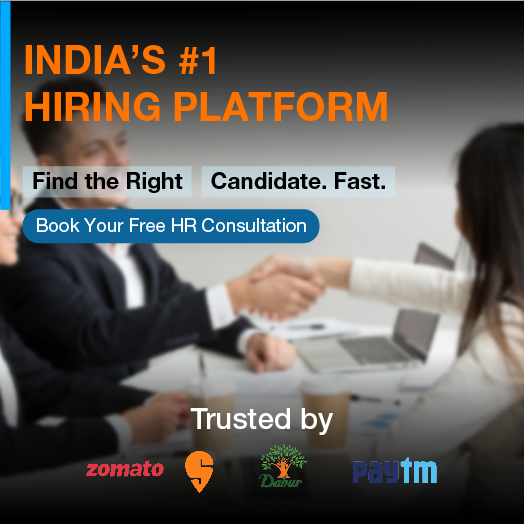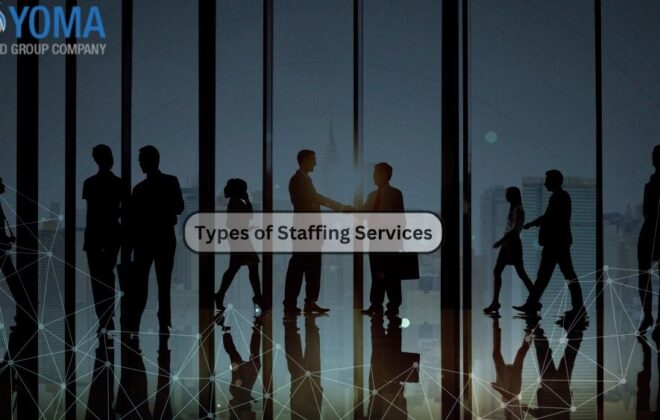
What is Time to Hire? Everything You Need to Know About It

Introduction
Time to Hire (TTH) is a crucial metric in the recruitment process that measures the duration between the initiation of a job opening and the successful onboarding of a new employee. This key performance indicator (KPI) is integral for assessing the efficiency of the hiring process within an organization.
Time To hire begins when a position is approved for recruitment and concludes when the selected candidate accepts the job offer. Understanding and optimizing Time to Hire is essential for businesses seeking to attract top talent, enhance their competitive edge, and minimize the negative impacts of prolonged vacancies.
Several factors contribute to Time to Hire, including job posting strategies, the efficiency of the recruitment team, the quality of the candidate pool, and the effectiveness of the interview and selection process. Analyzing Time to Hire can uncover areas for improvement in the hiring workflow and identify bottlenecks that may be prolonging the process.
Reducing the Time to Hire offers several advantages. It minimizes the risk of losing qualified candidates to competitors and swiftly enhances the overall candidate experience. A prolonged Time to Hire can lead to increased recruitment costs, decreased employee morale, and hampered productivity.
Time to Hire (TTH ) Vs. Time to Fill ( TTF)
Time to Hire measures the duration between the initiation of the effective recruitment process, typically when a job requisition is approved, and the moment the selected candidate accepts the job offer. It is a candidate-centric metric that focuses on the efficiency of the hiring process from the organization’s standpoint. TTH considers factors such as the speed of decision-making, the quality of the candidate pool, and the effectiveness of the interview and selection process. Organizations aim for a shorter Time to Hire to enhance the overall candidate experience.
On the other hand, Time to Fill encompasses the entire recruitment process, from the posting of a job opening to the actual start date of the new employee. While TTF includes the components of Time to Hire, it extends to cover administrative processes, background checks, notice periods, and other factors that might contribute to the delay between identifying a need and having the new employee fully onboarded. TTF is more organization-centric, providing insights into the overall efficiency of the hiring process from the company’s perspective.
Key Differences:
The distinction between Time to Hire and Time to Fill lies in their focus and scope. Time to Hire is more specific, concentrating on the candidate’s journey from requisition approval to job offer acceptance. In contrast, Time to Fill offers a broader perspective, considering the entire timeline from job posting to the new employee’s start date. While both metrics share the goal of efficiency, they provide unique insights into different phases of the recruitment process.
A shorter Time to Hire is generally desirable, as it ensures a swift transition from identifying a need to securing a candidate’s commitment. However, organizations must also balance speed with thoroughness to make informed decisions. Time to Fill, while encompassing Time to Hire, makes hir adds a layer of consideration for the administrative processes that contribute to the overall efficiency of the hiring process. Both metrics play crucial roles in assessing and optimizing an organization’s ability to attract, select, and onboard new talent effectively.
To Optimize Time to Hire, Organizations can Implement 7 Strategies:
1. Streamlined Recruitment Processes:
Streamlining the recruitment process involves simplifying and optimizing workflows from requisition approval to onboarding. This can include clearly defining roles and responsibilities, establishing efficient communication channels, and eliminating unnecessary steps. By minimizing complexities, organizations can enhance the overall speed and effectiveness of their hiring processes, contributing to a significant reduction in Time to Hire.
2. Effective Talent Sourcing:
Leveraging diverse sourcing channels broadens the candidate pool and enhances the quality of applicants. This involves utilizing job boards, social media platforms, professional networks, and industry-specific events to reach a wider audience. A well-rounded talent sourcing strategy ensures that organizations have access to a variety of skilled candidates and individuals for open positions.
3. Technology Integration:
Implementing Applicant Tracking Systems (ATS) and other HR technologies automates repetitive tasks, such as resume screening and interview scheduling. These technologies streamline communication, maintain a centralized database of candidates, and provide valuable analytics. Automation not only accelerates the recruitment process but also enhances efficiency.
4. Clear Communication:
Transparent communication is vital throughout the hiring process. This includes clearly defining job requirements, setting realistic expectations for candidates, and providing timely feedback. Open and honest communication between recruiters, hiring managers, and candidates fosters trust and ensures that everyone is on the same page. This, in turn, minimizes delays and uncertainties, contributing to a more efficient Time to Hire.
5. Data-Driven Decision Making:
Regularly analyzing recruitment data provides insights into the performance of the hiring process. By tracking key metrics, organizations can enhance efficiency. Data-driven decision-making enables continuous optimization, ensuring that the recruitment process remains adaptive and responsive to evolving needs and challenges.
6. Candidate Experience Enhancement:
Prioritizing a positive candidate experience is crucial for a seamless and engaging journey for candidates, from the initial application to the final offer. A positive experience not only attracts candidates but also facilitates quicker decision-making, as satisfied candidates are more likely to accept offers promptly, reducing the overall Time to Hire.
7. Collaboration Between Departments:
Close collaboration between Human Resource Outsourcing, hiring managers, and other relevant departments fosters a cohesive and efficient hiring process. Effective communication channels and ensure that each department contributes seamlessly to the recruitment workflow. This collaborative approach minimizes delays, avoids miscommunication, and accelerates the overall hiring timeline.
What is the need for Time To Hire?
The need to optimize Time to Hire (TTH) is paramount in today’s dynamic and competitive job market. As organizations vie for top talent, the ability to swiftly identify, attract, and onboard qualified candidates can significantly impact business success. Prolonged vacancies not only risk the loss of exceptional candidates to competitors but also result in increased recruitment costs, decreased employee morale, and potential disruptions to productivity. The urgency to fill critical roles is further heightened by evolving market conditions and technological advancements that demand a workforce with specialized skills. A prolonged hiring process can hinder an organization’s agility, preventing it from promptly adapting to changing industry landscapes.
Moreover, a protracted Time to Hire can adversely affect the candidate’s experience, potentially dissuading top talent from considering future opportunities with the organization. In essence, the need for an optimized Time to Hire is not merely a matter of efficiency but a strategic imperative for organizations seeking to maintain a competitive edge in today’s environment.
In conclusion, the effective combination of streamlined processes, diverse talent sourcing, technology integration, clear communication, data-driven decision-making, a positive candidate experience, and collaboration between departments collectively contributes to the continuous improvement of Time to Hire. Organizations that adopt these strategies can quickly attract top skills and hold a competitive edge in the dynamic job market.
By implementing these strategies, organizations can optimize their Time to Hire, attract high-quality candidates, and create a positive experience for both candidates and hiring teams.
Accelerate Your Hiring Process with Us
Need to speed up your Time to Hire? Our recruitment experts can help.
FAQs Related to Time to Hire
What is Time to Hire?
Time to Hire is how long it takes from when a company decides they need a new employee to when that person officially says "yes" to the job. It's like measuring the speed of hiring someone.
Why does Time to Hire matter?
It matters because taking too long to hire can make good job candidates go to other companies. It also costs more and makes current employees a bit unhappy.
How can HR Outsourcing Company make hiring faster?
HR Outsourcing Company can speed things up by making the hiring process smoother. This means using better ways to find people, using technology to do things faster, and making sure everyone knows what's going on during the hiring process.
What helps attract good job candidates quickly?
Being clear about the job, using different places to find job candidates (like websites and social media), and making sure candidates feel good during the hiring process can attract them faster.
Why should companies care about Time to Hire?
Companies should care because hiring faster means they get the right people quickly. It helps them keep up with changes in their industry and makes job seekers happy, too!
Related Posts





